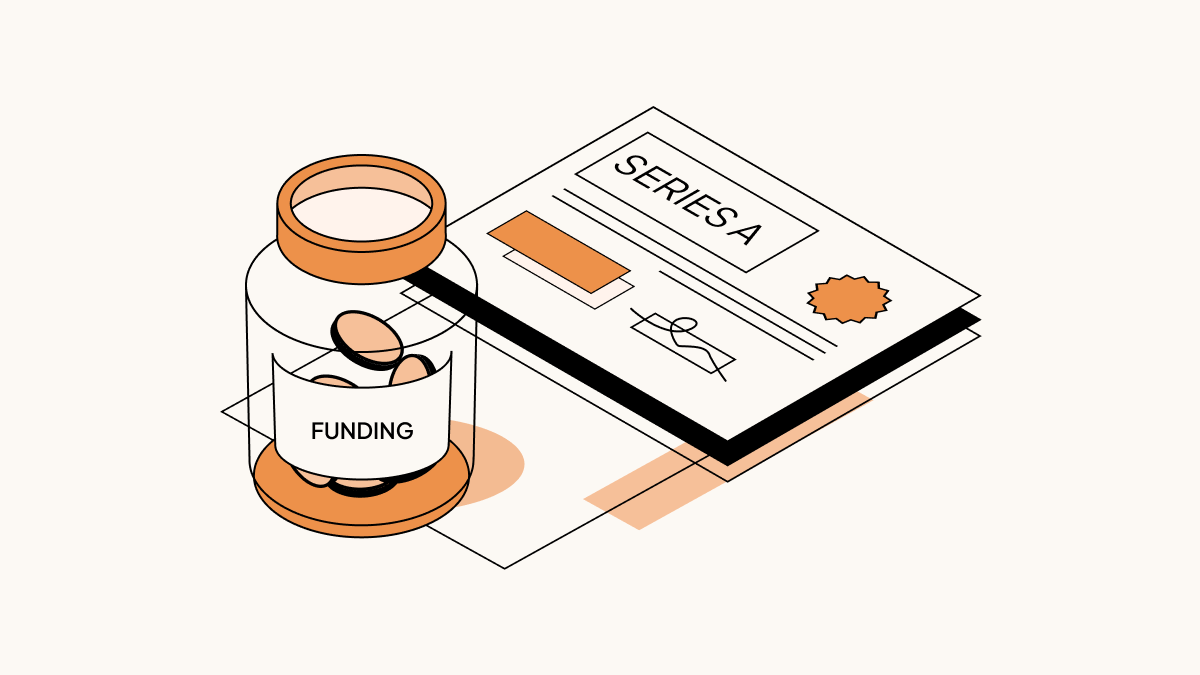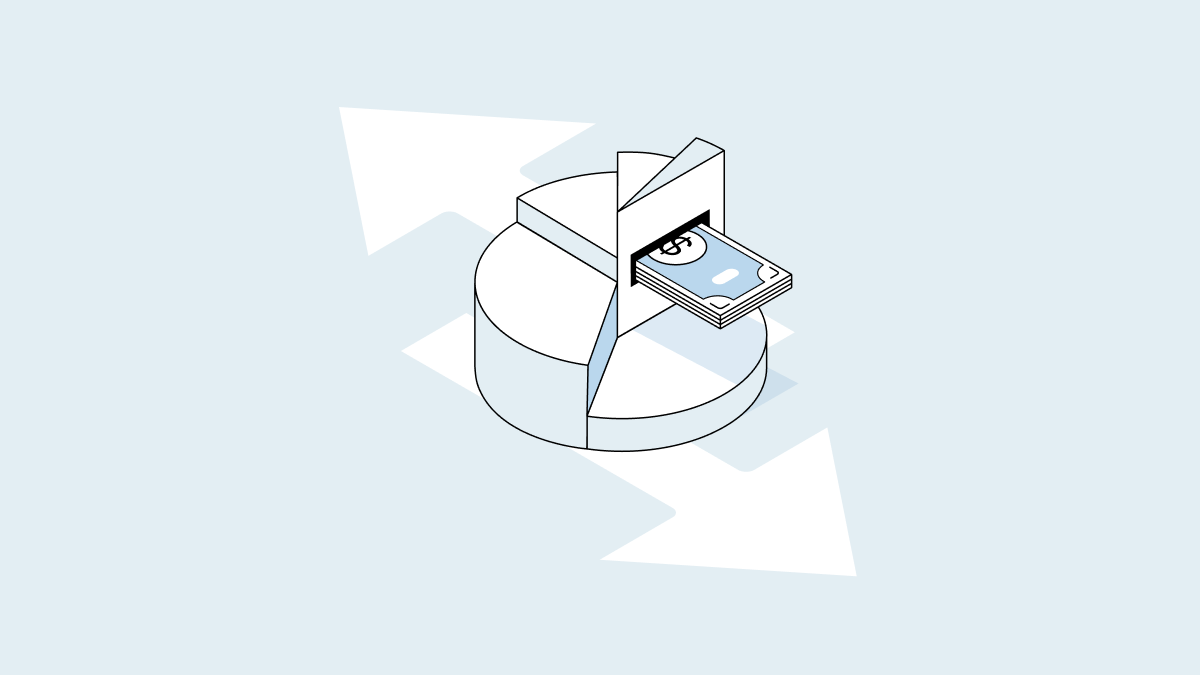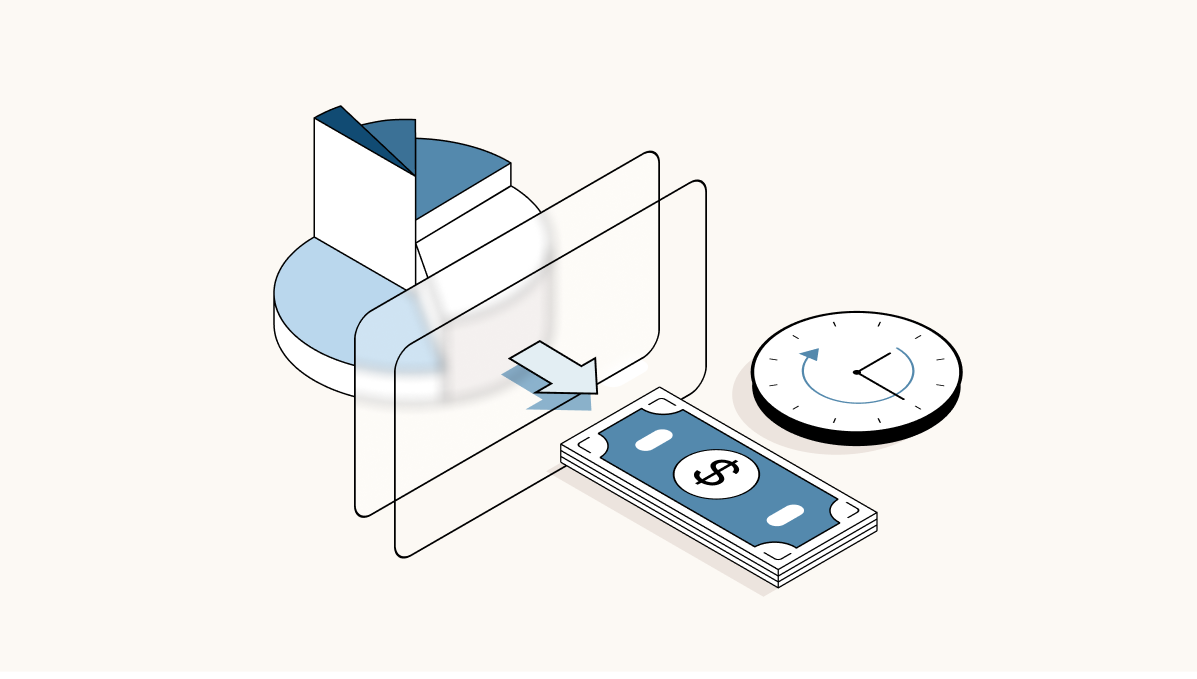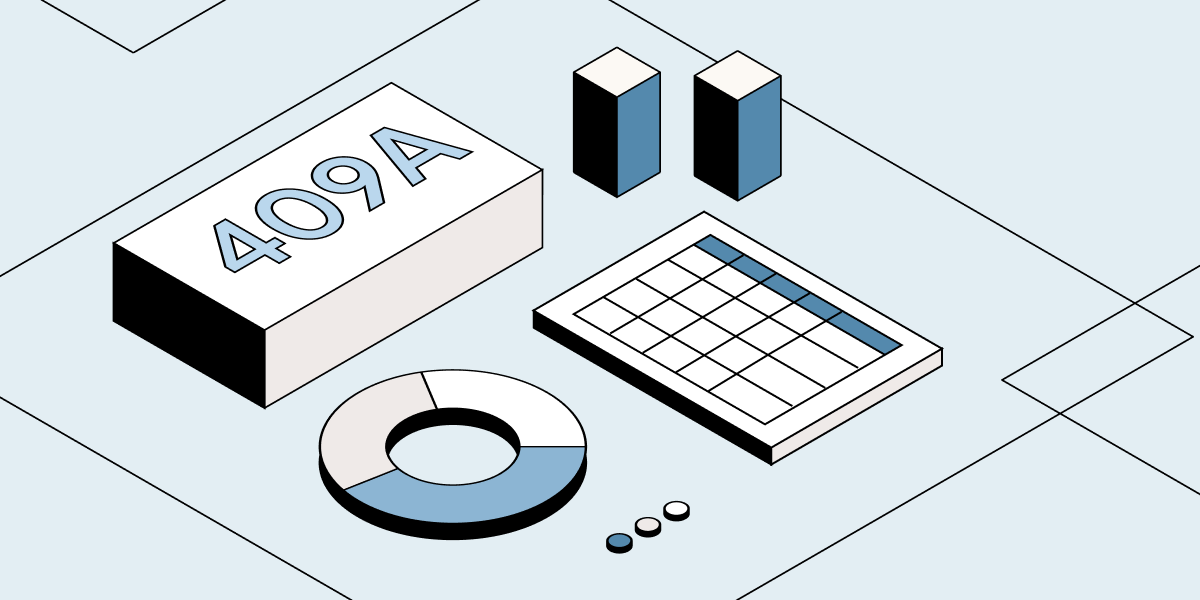You can’t run a successful startup without money. For very early-stage companies, seed money can come from the founders or first paying customers (known as “ bootstrapping”) or from other sources of capital raised from angel investors, friends and family.
But after seed funding comes the next major step in your startup’s journey: the Series A funding round.
What is a Series A funding round?
Series A is a round of institutional funding, typically raised from venture capital investors (VCs) or financial firms that specialise in backing startups. The Series A round may be a company’s first priced round, meaning that investors place a value on the business as part of their investment offer, from which a share price is derived for the company’s preferred shares.
When to raise Series A
You might pursue a Series A round when your company outgrows its initial funding sources – such as pre-seed funding or seed funding – and when you’ve achieved certain milestones (proving market viability, gaining early traction or building a solid team, for instance).
Why is it called a Series A round?
The established naming convention among venture capitalists and startups is to apply the “Series” nomenclature to priced, institutional financing rounds. “Series A” suggests it will be followed by subsequent funding rounds, which is often but not always the case – for example, if the company doesn’t survive until the next funding round, gets acquired, goes public or becomes profitable before then. The next rounds of funding are denoted alphabetically: Series B, Series C, Series D and so on.
While the names may be similar, it’s critical to differentiate between funding rounds and track them accurately. Each round comes with its own set of terms and conditions, and a proper accounting is necessary to determine every stakeholder’s ownership percentage as well as how and when any proceeds will be distributed in the case of a liquidity event – such as a merger, acquisition or initial public offering (IPO).
Series A vs. Series B
After a Series A, raising a Series B round and subsequent rounds can help you grow your team, increase revenue and expand your market reach. By the time you reach Series B, you should have a significant user or customer base, plenty of traction and a proven record of revenue growth. Investors usually come in during these later rounds to help with business development and international expansion.
|
Series A |
Series B | |
|
Median cash raised |
£8.8M |
£14.7M |
|
Median time since previous round |
386 days |
454 days |
|
Investors |
Early-stage investors, including angels and VCs |
VC firms that focus on mid-stage investments and existing investors in the company |
Source: companies using Carta in 2023.
How big is a Series A investment?
The size of a Series A round depends on market conditions and investors’ appetite for risk, as well as the company’s needs as it begins to grow and focus on establishing product-market fit, hiring employees and making other expenditures. As such, it’s not limited to any particular size. According to Carta data from 2022-2023, the median amount raised at Series A was £7.7 million.
What does a company receive in its Series A round?
The main purpose of raising a Series A round is to secure investment. Once the round is finalised, VCs provide money that the company can use for everyday operations, product development, strategic initiatives or any other business purposes. Series A rounds are sometimes “tranched”, meaning investors provide the overall funding amount a little at a time, usually when the company hits certain goals or milestones.
In addition to funding, a Series A round provides startups with an advantageous relationship with VC investors. An experienced board member, for example, can play a valuable role in a growing company, leaning on their own industry experience to offer strategic guidance.
Venture capital firms can also connect you to founders of other companies in the firm’s investment portfolio, which could lead to networking opportunities or strategic partnerships. These benefits are also part of Series B funding, Series C funding and later funding rounds.
What do Series A investors receive for their investment?
In exchange for their funding, Series A investors (and investors in subsequent rounds) receive an equity stake in the company, which grants them partial ownership.
The incentive is clear: if the company grows and eventually gets acquired or goes public, investors could see a significant return on their investment.
An individual investor who sponsors the investment – usually a partner at a VC firm – may also receive a seat on the company’s board of directors. This would give them a closer insight into the performance and growth of the business and greater influence over decision-making.
How to get Series A funding
When raising a Series A funding round for your startup, the process will typically look like this:
The decision
First, your company decides it’s ready to raise an institutional round of funding. You believe you can make a credible case for why investors should take a chance on your idea.
Investor pitches
Creating a pitch deck will help you present your company’s story to prospective investors. As well as introducing the founding team and your product or service, you’ll need to explain your competitive advantage, the size of your target market, how you plan to succeed and why now is the right time to fundraise.
Investor meetings
Meetings with potential investors from one or more VC firms follows. Ideally, multiple firms will be interested enough in your idea to provide financing, making the funding round more competitive and potentially improving the offer amount and deal terms.
Term sheet negotiations
If your company makes its case successfully, one or more investors produces a term sheet. This document represents an offer to invest and includes details like the intended amount of funding and the proposed pre-money valuation.
Term sheet acceptance
Along with your co-founders or execs, you then select which offer(s) to accept and sign a term sheet. A selected investor may become the “lead” investor, possibly bringing other investors into the round.
Legal negotiations and deal closing
Investors and their lawyers may conduct additional due diligence to confirm certain information about your company, including financial data, funding history and the founders’ backgrounds. During this process, your lawyers will negotiate with your investors’ legal counsel to prepare and finalise the transaction documents, which must be done before the deal closes and investors send funds to your company. This stage typically lasts between four and eight weeks after the term sheet is signed, although it varies from transaction to transaction.
Series A rounds and convertible securities
A key feature of the Series A round, often distinguishing it from later rounds, is the conversion of seed-stage securities into actual priced shares.
At the seed stage, companies typically issue convertible securities to investors in exchange for funding, with the promise that those securities will convert into actual shares when a price per share is established at Series A. For this reason, the Series A and following rounds are known as “priced” rounds.
→ Learn more about the difference between priced rounds and convertible securities
As the first priced round, Series A is when the securities issued at the seed stage convert into preferred shares.
Convertible notes vs. SAFEs
The most common convertible securities are convertible loan notes (CLNs), simple agreements for future equity ( SAFEs) and advance subscription agreements (ASAs).
A convertible note is debt; the company receives money from an investor that must be paid back – in the form of shares or cash, and usually with interest – when the loan matures. In the case of SAFEs and ASAs, investors offer funding in exchange for shares issued in the future – often at a discounted price – once the company knows what its shares are worth. Unlike CLNs, SAFEs and ASAs are not debt and therefore don’t accrue interest.
SAFEs are mostly used by US companies, while ASAs are more common in the UK. They function in a similar way, with an important difference: investors who subscribe to company shares through an advance subscription agreement may be eligible for tax relief under the UK’s Seed Enterprise Investment Scheme ( SEIS) or Enterprise Investment Scheme ( EIS).
The conversion of shares in a Series A round has implications on ownership percentages, share prices and other deal terms. For this reason, startup founders should be on top of their cap table by Series A at the latest.



